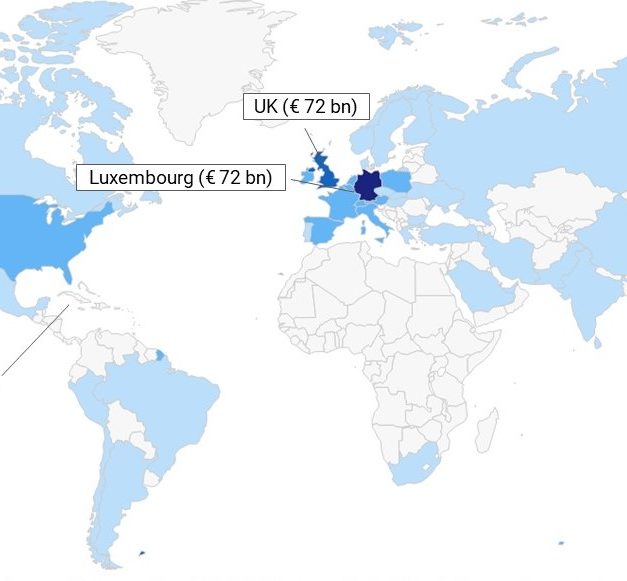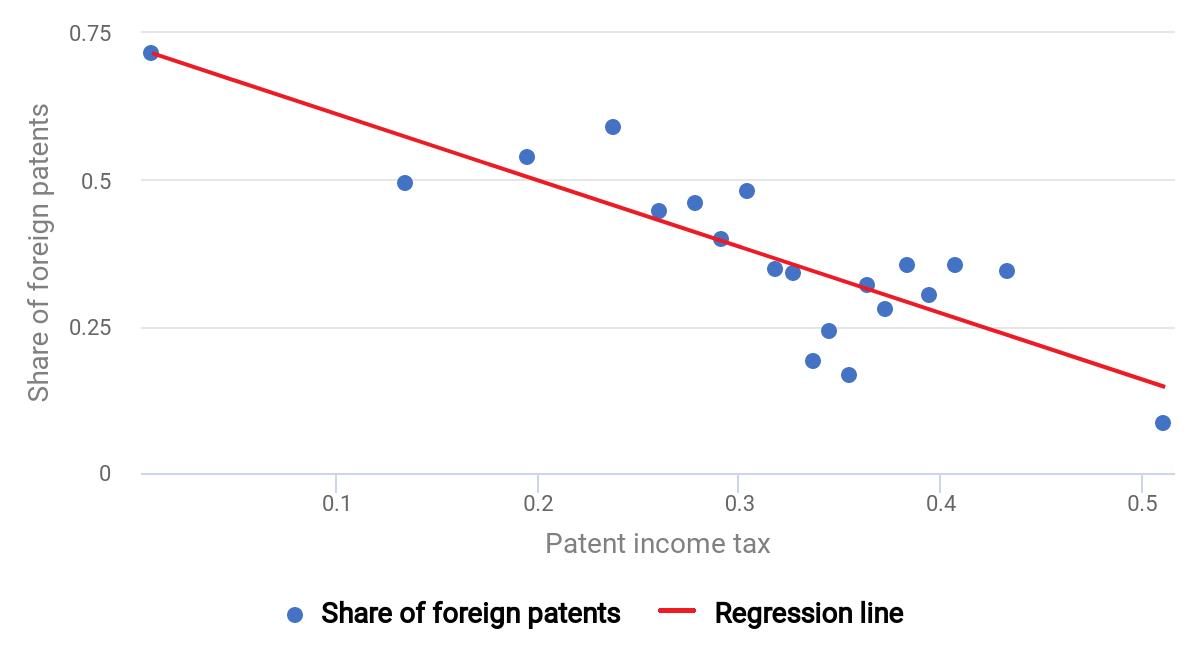Avoiding taxes: banks’ use of internal debt
Transfer Pricing by Multinational Firms: New Evidence from Foreign Firm Ownerships
Summary
In this article, Cristea and Nguyen focus on the transfer price manipulations operated by multinational enterprises (MNEs) to shift part of their profits from high-tax to low-tax jurisdictions. According to the arm’s length principle, MNEs are required to charge the same price for an internal transfer as they would have charged when exporting to an independent party. In lack of better alternatives, tax authorities sometimes use an MNE’s export prices to independent parties to proxy the arm’s length prices of internal transfers of the same MNE. Thus, the MNE may have an incentive to adjust an arm’s length price to the target transfer price to conceal its profit-shifting activities. This implies that the MNE accepts to forego some revenue by adjusting prices to an independent party if the tax gains of the profit-shifting operation are high enough.
Using firm-level panel data provided by Danish state agencies, the authors identify MNEs’ manipulations by relying on two sources of variation: the establishment of a local subsidiary by an exporter in the destination country, which introduces internal transfer prices, and the different corporate income tax rates observed across market jurisdictions. Once they own an affiliate in a country with a corporate tax rate lower than in the home country, Danish MNEs reduce the unit values of their exports to this jurisdiction by 5.7 to 9.1%, on average. The authors estimate that these manipulations lead MNEs to underreport 141 million USD of export revenues in Denmark. This result would be associated with a loss of tax income equivalent to 3.2% of the tax returns on companies in the studied sample.
Key results
- A decrease by 10 percentage points in the corporate tax rate of a low-tax country is associated with a 5.7% decrease in the export unit value of MNEs, relatively to pure exporters shipping the same product to that market.
- The drop in unit value is even stronger for firms that establish new local affiliates during the sample period or among exporters of differentiated goods.
- These transfer price and arm’s length price manipulations are associated with 141 million USD of export revenues being underreported by MNEs in Denmark. This corresponds to a tax revenue loss of 39.5 million USD or 3.2% of the total corporate income taxes collected from MNEs in the sample.
Data
The Firm Statistics Register delivered by Statistics Denmark provides firm-level data about employment, sales, the sector of activity and most importantly, about all the international transactions registered by the Customs. The researchers focus on manufacturing exporters from 1996 to 2006.
Data about the foreign investments involving Danish firms are sourced from Experian and complemented with records from the National Bank of Denmark. It allows the identification of Danish entities owned by a foreign parent and to account for new subsidiaries in destination countries, which serves as one of the two sources of variation for identification.
Methodology
The authors compute average unit values for each product and foreign destination market dividing export values by quantities shipped. Unit values thereby cover both external transactions at the arm’s length price and internal transactions at the transfer price.
Identification relies on a difference-in-difference-in-difference analysis: The authors compare export-only firms and firms that at some point in time in the sample, acquire or register a subsidiary in the destination country to isolate the impact of having an affiliate in the destination country on the export unit value. As this impact could either be due to tax-motivated manipulations or to the internal reorganisation of the firm that incorporates a new subsidiary, the authors use variations in corporate tax rates across countries to specifically isolate tax-motivated manipulations.
Go to the original article
This article was published by the American Economic Journal: Economic Policy. It can be found on the website of the American Economic Association.
A working paper version of February 2015 can be downloaded from the website of the University of Oregon. [pdf]
This might also interest you
Flexibility in Income Shifting under Losses
Corporate taxes, patent shifting, and anti-avoidance rules: empirical evidence
Channels of corporate tax avoidance


